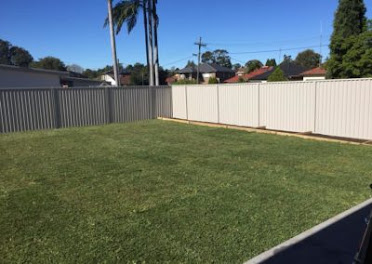Significance of Retaining Walls for Your House Protection
Constructing a retaining wall is the recommended action. This barrier, or network of barriers, is used to contain water and soil. The retaining wall construction itself produces terracing and levels of landscaping beds, and the drainage systems integrated into them may regulate stormwater and decrease erosion.
Business owners have a recurring problem with erosion, and retaining walls solve this problem while also making useable area on slopes for landscaping. Here is abreakdownof what a retaining wall is, how it functions, and why hiring Retaining Walls Forestville professionalism great addition to your commercial environment.
How Does A Retaining Wall Work?
Planting on sloping topography can be difficult since soil washes away easily in locations that receive regular rain. This is a common problem for resorts and commercial enterprises. Extreme sun and wind make it challenging to produce grass, ground cover, or plants on slopes in the drier microclimates. Because they provide a solid barrier to retain soil, regulate storm water runoff, and set up practical landscape beds for vertical gardening, retaining walls provide a response to these issues.
Elements Used in a Retaining Wall
Natural stone and interlocking concrete pavers are just two of the many options for retaining wall construction. Retaining walls made of natural stone look great in any setting and need relatively little upkeep over time. Without the need for mortar and with a more groomed appearance, interlocking concrete block retaining walls are basically wall systems. Terracing a sloping area and keeping dirt in place may be accomplished with the help of retaining walls, which can be made from a variety of materials.
However, there is more to erecting a retaining wall than just the materials, which is why a professional landscaping contractor should be involved in a job of this magnitude. It is important to consider drainage and the gradient of the land while planning the layout of the walls. In addition, construction equipment is typically needed to finish the process of erecting a retaining wall due to the excavation of the site and the movement of soil and heavy materials involved.
A Retaining Wall's Double Function Is To Keep Soil in Place and To Add Visual Depth To A Landscape
With the help of a retaining wall, you may make a grand entrance by sloping the ground and planting flowers there. Entrances to shopping centers and business districts typically feature elaborate landscaping and eye-catching signage. Additionally, some homeowners raise their entrances with retaining walls and slopes to increase seclusion and block unsightly views of parking lots and other structures. An impressive first impression may be made with the help of Gardening Services Forestville, which can be used to form a type of gateway to the house and provide terracing for growing flowers.
Preserve the Land, Because Erosion Is a Serious Issue
One problem is that when it rains, the soil and anything else in it might wash away and end up in the storm drains and eventually the water supply. Second, on steep slopes, where raging water can block roads and possibly destroy the ground, erosion can pose serious safety risks. Including a drainage system as part of the wall structure increases the usefulness of retaining walls in containing soil and water.
Conclusion
Using landscape elements like retaining walls to safeguard the land provide additional planting areas, and fit with the environment, we can enhance the natural beauty of our assets, such as the slopes, mountain sides, and steep grades that roll into beaches.




Comments
Post a Comment